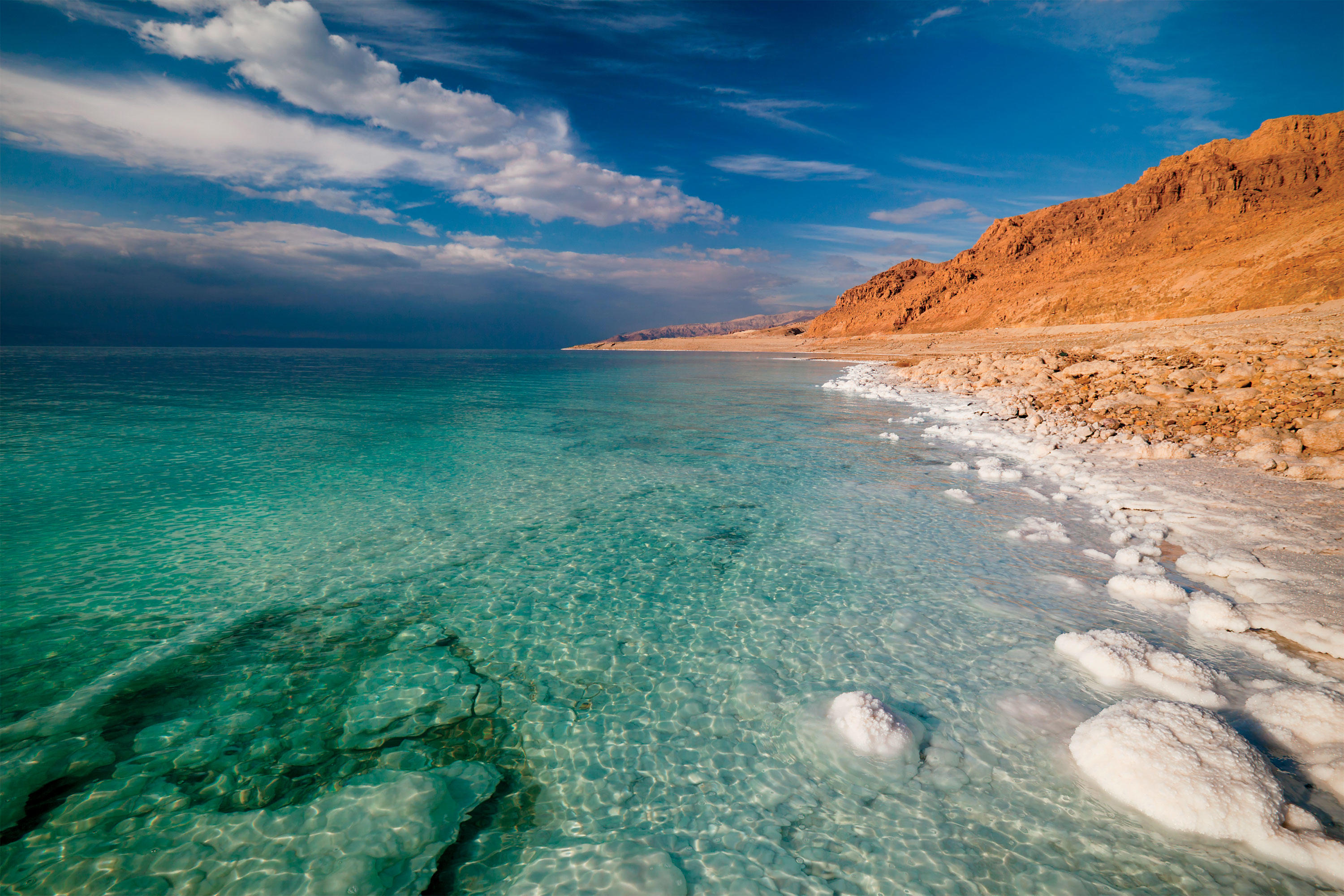The Middle East, like many arid regions, is expected to get even drier this century as a result of global warming. But how much drier?
To answer that question, a team that includes several Columbia researchers drilled more than fifteen hundred feet beneath the floor of the Dead Sea, the landlocked body of salt water between Israel and Jordan, to collect core samples. Their hope was that they might find evidence of how the region was affected by previous climate fluctuations. To their surprise, they discovered two enormous layers of crystalline salt, each two hundred to three hundred feet thick, encased within tens of thousands of years’ worth of hardened mud. After carefully analyzing the core samples, the scientists determined that the salt layers accumulated during two periods — one about 120,000 years ago, and the other roughly ten thousand years ago — when the planet’s temperature is known to have increased. They concluded that the Dead Sea must have largely evaporated during these warm periods, and as a result huge piles of salt were deposited on the sea floor.
“The water level dropped to about 40 percent of its historical average in each of these periods,” says Yael Kiro, a geochemist at Columbia’s Lamont-Doherty Earth Observatory, who led the study, which appeared in the journal Earth and Planetary Science Letters. “We discovered this by chemically analyzing tiny bubbles of fluid trapped inside the salt, which reveal the relative salinity of the water at any given time.”
The fact that the Dead Sea shrank so dramatically in the past, Kiro and her colleagues say, suggests that it could dry up again. They point out that during the hotter of the two previous warm periods, which is the one that began some 120,000 years ago, average global temperatures rose about four degrees Fahrenheit — an increase similar to what is expected to occur this century as a result of man-made global warming. The prospect of the Dead Sea drying up again is alarming, they say, because its level is a reliable indicator of the amount of drinking water available to tens of millions of people. That’s because it is the endpoint of the Jordan River, which travels more than 150 miles before draining into it.
“Our study shows that in the past, rainfall levels dropped so much that the fresh water nearly stopped flowing,” says Steven Goldstein ’76CC, ’86GSAS, another Lamont-Doherty geochemist who worked on the project. “This means that if it keeps getting hotter now, it could stop running again.”



